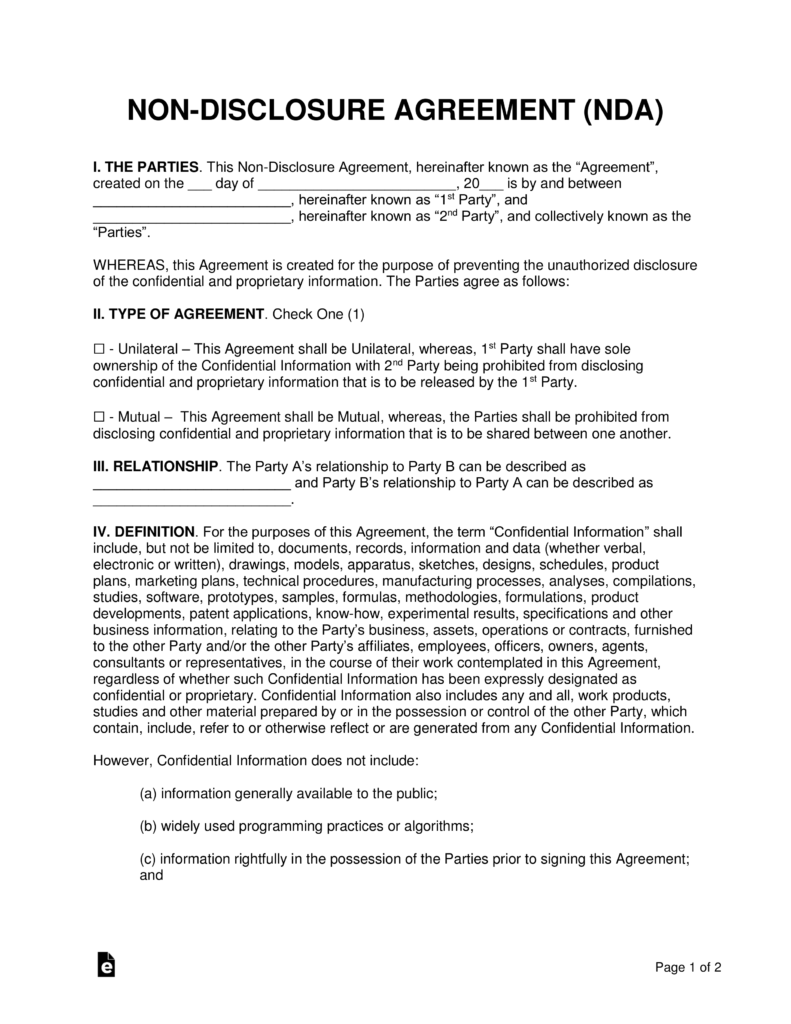Tenancy Agreement for a Flat
Private Landlords can rent their flat out safely using this professionally drafted Tenancy Agreement for a Flat.

Create a Document in 3 Easy Steps
1. Get Started
Choose Your Form or
Location to Begin
2. Answer Questions
Complete Your Free Document in Minutes
3. Download Document
Download and Print for Free
(MS Word & PDF)
For use in England and Wales only.
Rent your flat with security and confidence with our professionally drafted Assured Shorthold Tenancy Agreement for a private flat. This simple and easy tenancy agreement ensures you reduce some of the challenges and hassles you may encounter when you let your flat.
Use this Assured Shorthold Tenancy Agreement to outline rent payment dates and terms, your obligations and rights as a Landlord, and your Tenant’s rights and requirements, while ensuring you comply with UK tenant fees and landlord laws. This tenancy agreement for a flat also enables you to evict tenants who breach the agreement due to non-payment of rent.
Tenancy agreement for a flat? What is it?
Our Tenancy Agreement for a flat is an Assured Shorthold Tenancy Agreement, also known as an AST. You should use it if you are the owner of a private flat and you want to rent it out to a privately paying tenant(s). With an Assured Shorthold Tenancy, the Landlord can charge market rent, and the agreement allows you to recover possession of your property by giving the Tenant a minimum of two months’ notice which must expire on or after the first six months of the tenancy.
In what circumstances am I required to use a tenancy agreement for a flat?
You should use our AST Agreement for a flat when the following conditions apply:
- you are renting out the whole of the flat for a fixed term;
- you, the Landlord, will not be living at the property that is rented;
- the rented property must be the Tenant’s main place of residence;
- the Tenant is an individual(s) and not a company or business;
- if there is only one Landlord; and
- if the property is in England and Wales.
What is covered in our tenancy agreement for a flat?
Our AST Agreement for a flat covers:
- the length of the tenancy;
- how much the rent payments are;
- what security deposit is required;
- what the Landlord’s obligations are;
- what the Tenant’s responsibilities are and their rights at the property;
- an optional break clause;
- when and how to end the tenancy;
- the legal requirements under the Tenant Fee Act 2019;
- the legal obligations under the Homes (Fitness for Human Habitation) Act 2018
When do I need to use a tenancy agreement for a flat?
You should use our tenancy agreement for a flat when you want to rent your property to a single or joint tenant all under one tenancy, and you do not live at the property. When all the tenants are on one agreement, they are all jointly responsible for the responsibilities in the agreement. You will be required to use this agreement to set out both you and the tenant’s obligations.
How many tenants can rent the property?
If the property is being rented out under one AST agreement, you are not permitted to have any more than three unrelated tenants renting the property at any one time. If the number of unrelated tenants exceeds three, the property may be classed as a House of Multiple Occupation (HMO). In this situation, you may need to apply to the Local Authority for a licence and comply with additional legislation. If you are unsure, you should contact your Local Authority to confirm whether you require a licence to rent your property.
What is meant by a guarantor?
A guarantor is a person who agrees to be liable for the tenant’s rent, responsibilities and liabilities under the AST if the Tenant does not comply with their obligations. The guarantor is also required to be a sign a separate document confirming this.
What is the duration of the agreement?
The length of the AST agreement is unlimited and can run for any length that both parties agree, until one of them serves notice on the other. Under an AST, the Tenant has a right to stay in the property for a minimum of six months. The Tenant still has the right to remain in the property until the expiry of the six month period, despite any agreement of a shorter term. If the Tenant refuses to leave before the end of the six month period, the Landlord will not have a guaranteed right to possession until after the six month assured tenancy period has expired.
There are, however, some circumstances where the Landlord can take repossession of the property, but these are usually due to the Tenant breaching its obligations under the AST and an application may have to be made to Court if the Tenant refuses to vacate.
What is an inventory of fixtures and fittings?
An inventory of fixtures and fittings details all of the items left in the property for use by the Tenant during the tenancy and the condition of those items, such as wardrobe or sofa for example. This is usually arranged by the Landlord and agreed by both parties. An agreed inventory of fixtures and fittings is highly recommended. At the end of the tenancy, all of the items in the inventory should be left in the property and in the same condition as they were at the start of the tenancy, save for any expected ‘wear and tear’. If they are not, the cost of any repairs can be deducted from the security deposit held by the Landlord.
Is the tenant required to pay a security deposit?
The Landlord should take a security deposit at the start of the tenancy to cover the cost of any damage to the property and/or its contents that occurs during the tenancy. The Landlord should hold this to the end of the tenancy and return it to the tenant without deductions when they vacate if there is no outstanding rent or damage to the property.
All deposits must be registered with an approved Government Authorised Tenancy Deposit Scheme. Within 30 days of receiving the security deposit from the tenant, you must register the deposit with a scheme and give the tenant details of the scheme.
What is a tenancy deposit scheme?
There are three government-authorised tenancy deposit schemes. All the three schemes give free help and assistance for both Landlord and Tenant if there is a disagreement about the return of the deposit. Two of the schemes are insurance-based, while the third scheme is custodial. Landlords or agents are not charged to use the custodial scheme, but the insurance-based schemes charge insurance premiums and membership fees. If you fail to protect a deposit within 30 days, you may be prevented from regaining possession of your property and can be fined up to three times the deposit amount.
Landlords or agents are not charged to use the custodial scheme, but the insurance-based schemes charge insurance premiums and membership fees. If you fail to protect a deposit within 30 days of receiving the deposit, you may be prevented from regaining possession of your property and can be fined up to three times the deposit amount.
More information on this can be found on the gov.uk website.
What rent is payable by the tenant?
In Wales, the rent can be set up to £25,000 per annum, while in England, the rent can be set up to £100,000 per annum and can be paid weekly or monthly. The rent set should be the market rent set by other similar properties renting in the area.
Our AST Agreement for a private flat assumes that the rent payable does not include utility outgoings like council tax, electricity and gas and that the tenant is responsible for paying these costs. Conversely, our agreement assumes that the rent includes the price of looking after the ‘Common Areas’, which can be defined in the template.
If there is more than one tenant and they are all on the one AST Agreement, the rent agreed is the total rent payable, and the tenants are jointly responsible for the rent. This means that if one tenant does not pay, the other is still responsible for the full rent.
How does the tenancy agreement end?
The Landlord can end the tenancy by serving notice on the Tenant. You cannot get possession of the property within the first six months, so the notice period must end on the last day of the six months at the earliest.
The tenant cannot terminate the agreement before the end of the fixed term.
Does this tenancy agreement for a house cover the new ban on tenant fees?
Yes. This document is compliant with the Tenant Fees Act of 2019. It excludes fees prohibited under the Act.
Other names for Tenancy agreement for a flat
Lease agreement for a flat
Flat rental agreement.

